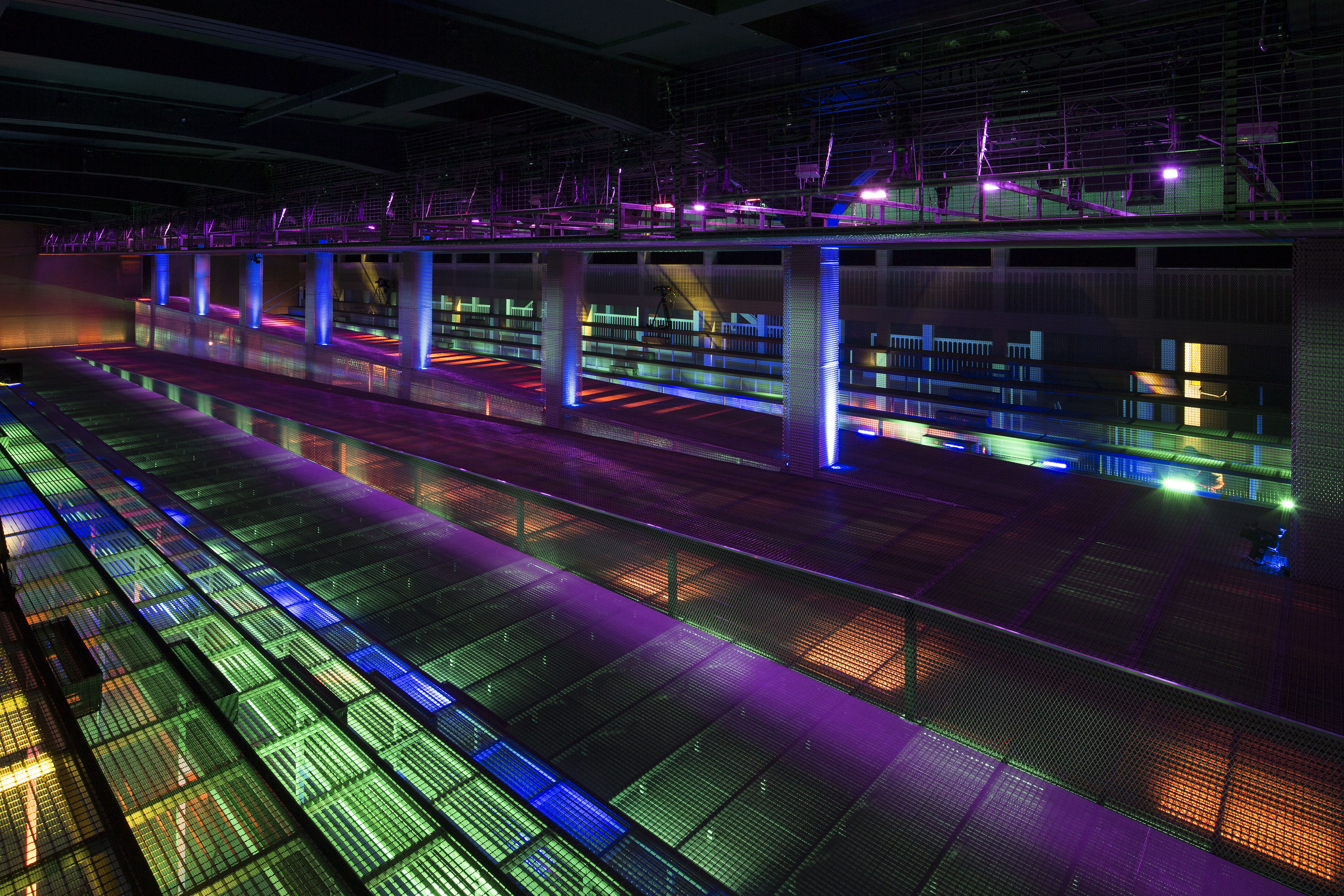H. G. Wells, “World Encyclopaedia,” lecture delivered at the weekly evening meeting of the Royal Institution of Great Britain, November 20, 1936, published in World Brain (Garden City, NY: Doubleday, Doran & Co., 1938).
Ryan Gallagher and Henrik Moltke “The Wiretap Rooms,” The Intercept, June 25, 2018, ➝.
FX Tools, “The Internet in Real Time,” ➝.
“Cisco Global Cloud Index: Forecast and Methodology, 2016–2021 White Paper,” November 19, 2018, ➝.
Tom Bawden, “Global warming: Data centres to consume three times as much energy in next decade, experts warn,” The Independent, January 23, 2016, ➝.
Ellen Proper, “Too Much Information: Amsterdam Hits Pause on Data Center Boom,” Bloomberg, July 16, 2019, ➝.
Kim Loohuis, “Amsterdam’s datacentres face challenges to retain high growth,” Computer Weekly, July 9, 2019, ➝.
James Bridle, “Data Centres and Secret Servers,” Icon, August 19, 2011, ➝.
This text reflects on research developed at OMA and in the context of “ADS8. Data Matter: Digital Networks, Data Centers and Post-Human Institutions,” a studio unit led by Kamil Dalkir, Marina Otero Verzier, and Ippolito Pestellini Laparelli at the Royal College of Arts in London.
Intelligence is an Online ↔ Offline collaboration between e-flux Architecture and BIO26| Common Knowledge, the 26th Biennial of Design Ljubljana, Slovenia, within the context of its exhibition catalogues.
